Across the world, the China Railway Construction Corporation (CRCC) is advancing key Belt and Road projects and is playing its part in building an interconnected future for humanity.
The Mirador Copper Mine, a landmark project of the Belt and Road Initiative (BRI) in South America, is Ecuador's first large-scale solid mine and the largest open-pit copper mine in the country.
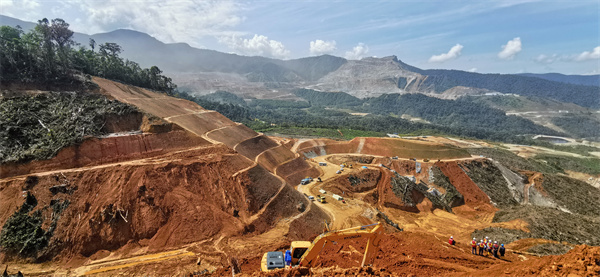
China Railway’s 14th Bureau Group intensifies construction on the Mirador mine's waste dump drainage system and the second sedimentation pond of the acid water reservoir. [Photo/sasac.gov.cn]
Currently, China Railway’s 14th Bureau Group is intensifying construction on the mine's waste dump drainage system and the second sedimentation pond of the acid water reservoir. The project, designated as of national strategic importance, has cultivated significant local mining talent and provided jobs for over 400 people.
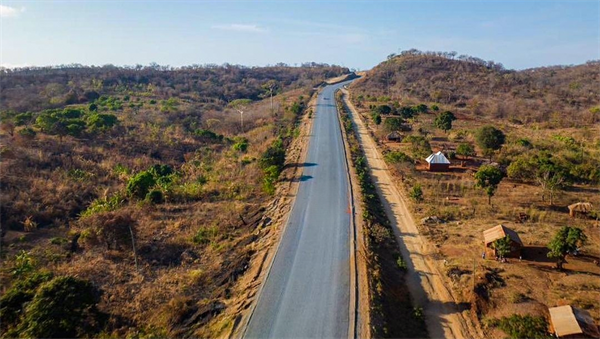
This road upgrading project is located in the Lindi Region of Tanzania, spanning 53.2 kilometers. [Photo/sasac.gov.cn]
China Railway’s 15th Bureau Group is currently upgrading a 53.2-kilometer road in Lindi, Tanzania.
The project, located in the Mchinga District of Lindi Region, includes roadbed, pavement, culverts and auxiliary works. Surface treatment and ancillary protective works are now also underway. The project has provided 174 jobs for local workers, trained a significant number of skilled technicians and fulfilled social responsibilities by repairing seven roads during the rainy season to meet the needs of local residents in the areas of travel and transportation.
Once complete, the project will significantly enhance the existing road's transport capacity, boost agricultural, mining and livestock potential along the route and promote regional economic growth.

The extension project of the second freight line from Dammam to Riyadh, Saudi Arabia spans over 500 kilometers. [Photo/sasac.gov.cn]
The extension project of the second freight line from Dammam to Riyadh, Saudi Arabia spans over 500 kilometers. This project further enhances the freight capacity and efficiency of the railway between Dammam and Riyadh, injects new momentum into local economic development, and trains professional talent in various fields, including excavator operators, train drivers, rail welders and comprehensive human resource management.
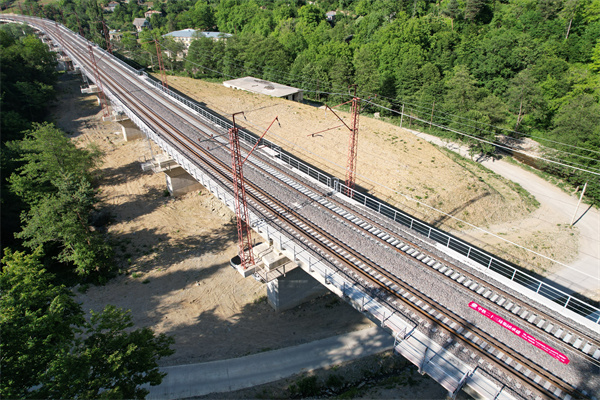
The Georgia modern railway project covers a total length of 40.85 kilometers and includes 6 tunnels, 10 bridges and 54 culverts. [Photo/sasac.gov.cn]
The Georgia modern railway project, undertaken by China Railway’s 23rd Bureau Group, covers a total length of 40.85 kilometers and includes 6 tunnels, 10 bridges and 54 culverts. The project is a crucial part of the Caucasus regional railway network.
Upon completion, it will significantly reduce the travel time and distance between Tbilisi, the capital of Georgia, and the Black Sea port city of Batumi, further enhancing the transit freight capacity of the country's railways. It will also have a significant impact on regional economic development. The project is now in its final stages, with formal operation expected to begin in October this year.
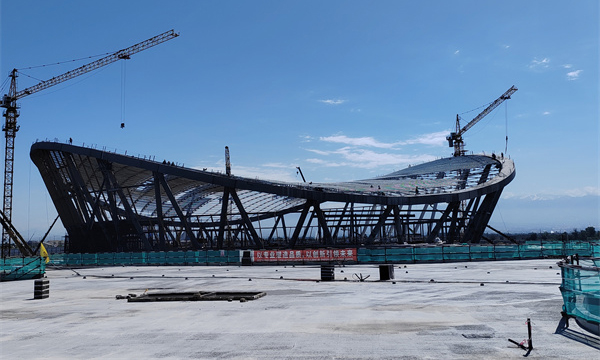
The Uzbekistan Olympic City project, co-built by China Railway’s 25th Bureau Group, has completed construction on 80 percent of the large platform and 85 percent of the auxiliary buildings. [Photo/sasac.gov.cn]
China Railway’s 25th Bureau Group is heavily involved in the Uzbekistan Olympic City project and has recently completed 80 percent of the large platform construction and 85 percent of the auxiliary buildings. The 25th Bureau Group is also responsible for construction of the outdoor large platform, supporting facilities and related stadium technology.
Olympic City will serve as the main venue for the 2025 Asian Youth Games and Paralympic Games, making it the first comprehensive project in Central Asia to fully adopt Chinese standards in design and construction. Upon completion, it will play a significant role in promoting sports development in Uzbekistan and Central Asia and serve as a bridge for Asian sports and cultural exchanges.
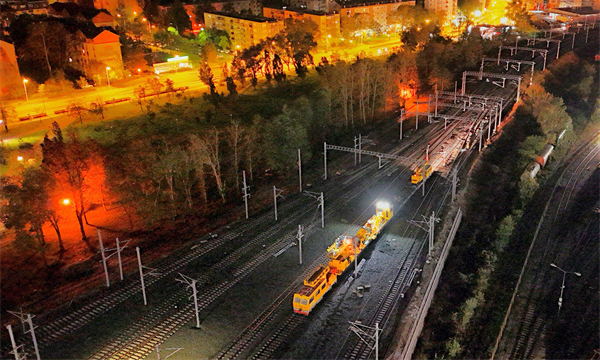
The Nosu section of the Hungary-Serbia Railway spans 108.1 kilometers as a dual-track line for both passengers and freight. [Photo/sasac.gov.cn]
The Nosu section of the Hungary-Serbia Railway, built by China Railway Construction Electrification Bureau Group Co., Ltd., spans 108.1 kilometers as a dual-track line for both passengers and freight. This section is a vital part of the Hungary-Serbia Railway and a key BRI project.
Upon completion, it will greatly improve travel for residents along the line, promote local economic development and strengthen interconnectivity and economic and trade cooperation between Hungary and Serbia.
(Executive editor: Zhu Zeya)